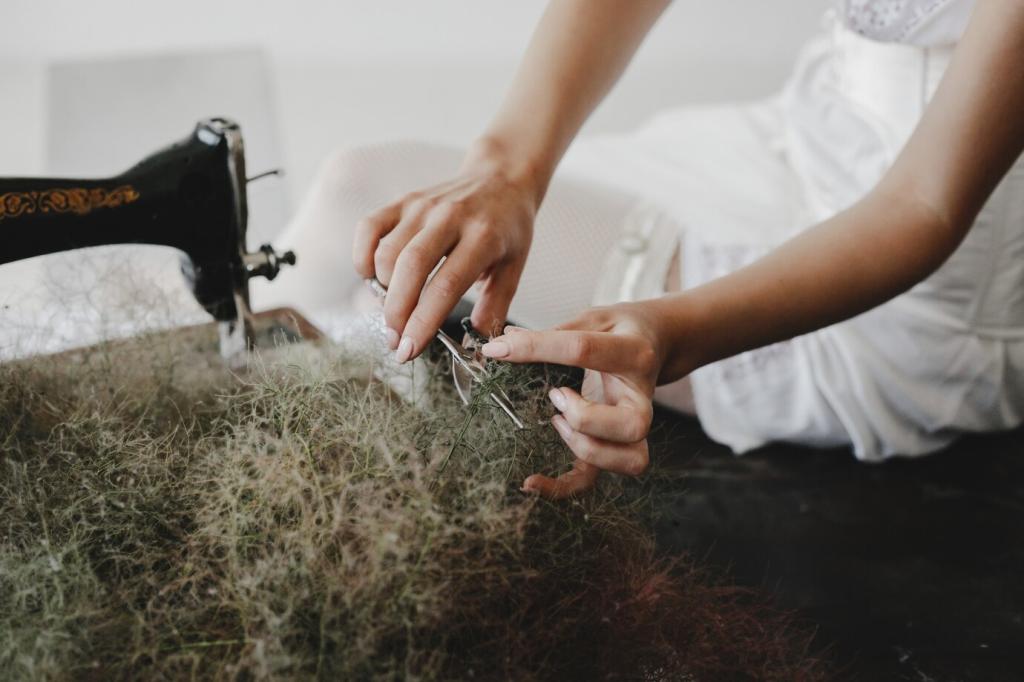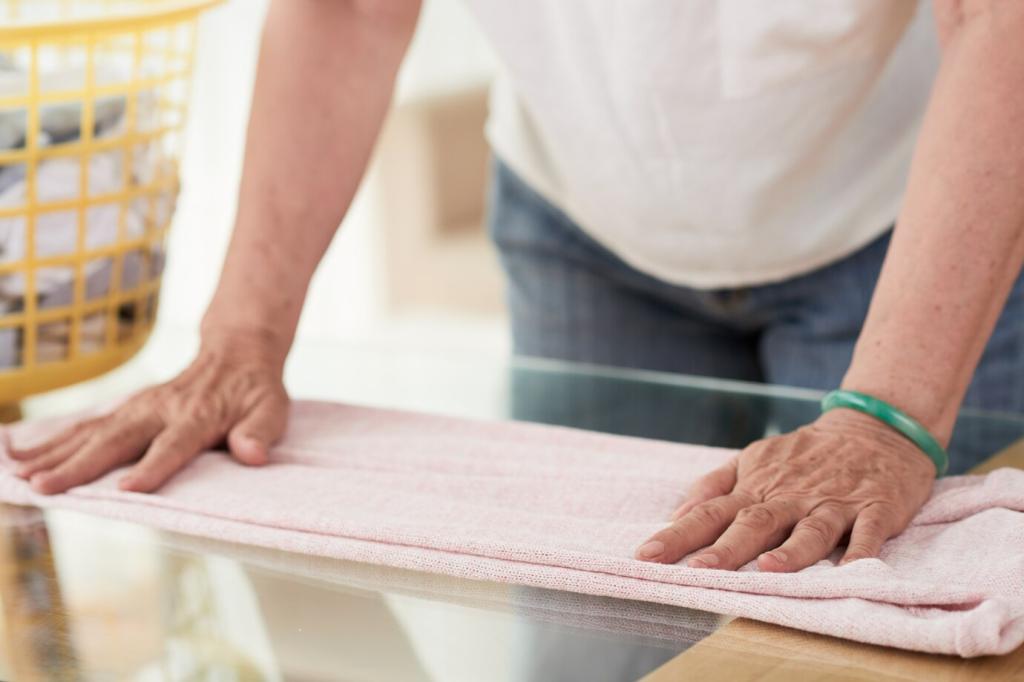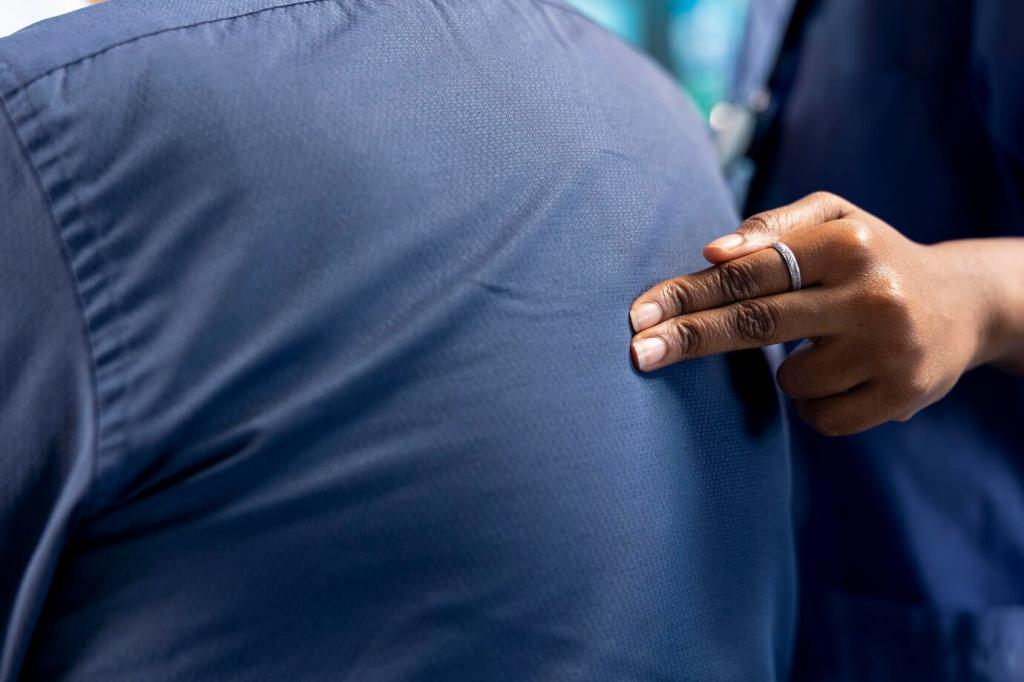Gentle Helpers: Products and Tools That Respect Silk
Keep a silk-safe detergent, baby shampoo, microfiber cloths, and white towels nearby. A small bowl, eyedropper, and patience complete the kit. Subscribe to download our stain card sized for your nightstand drawer.
Gentle Helpers: Products and Tools That Respect Silk
Blotting paper, clean cotton swabs, and absorbent pads help isolate and lift stains precisely. A plastic tray protects your mattress. What tools live on your bedside table? Tell us, and we’ll feature clever setups.




